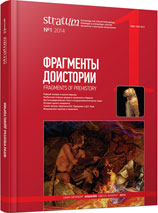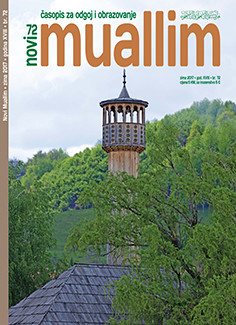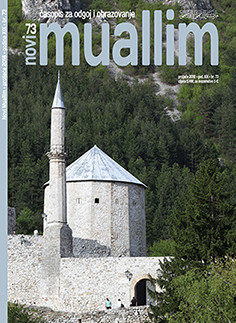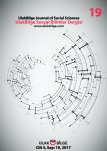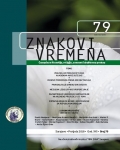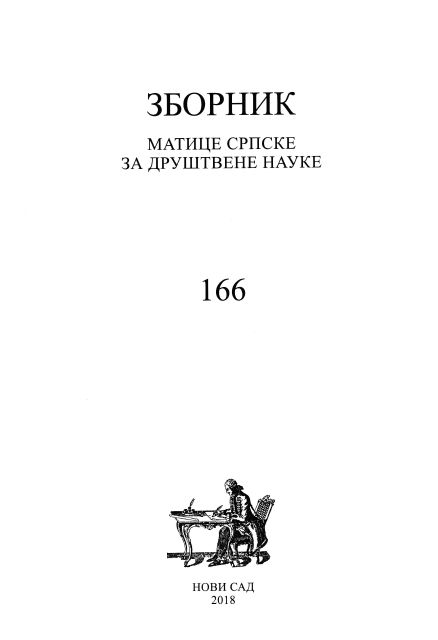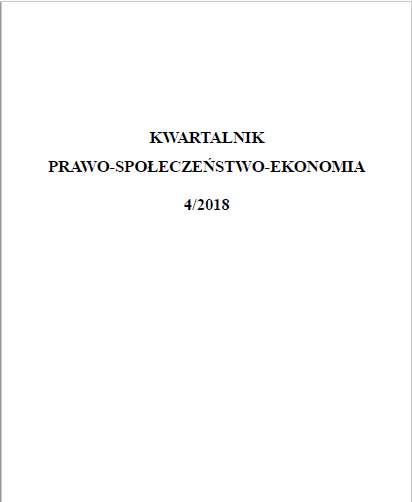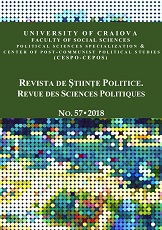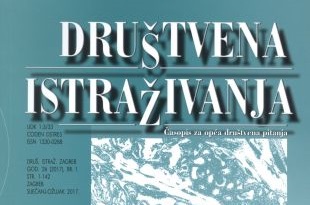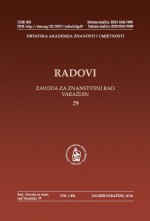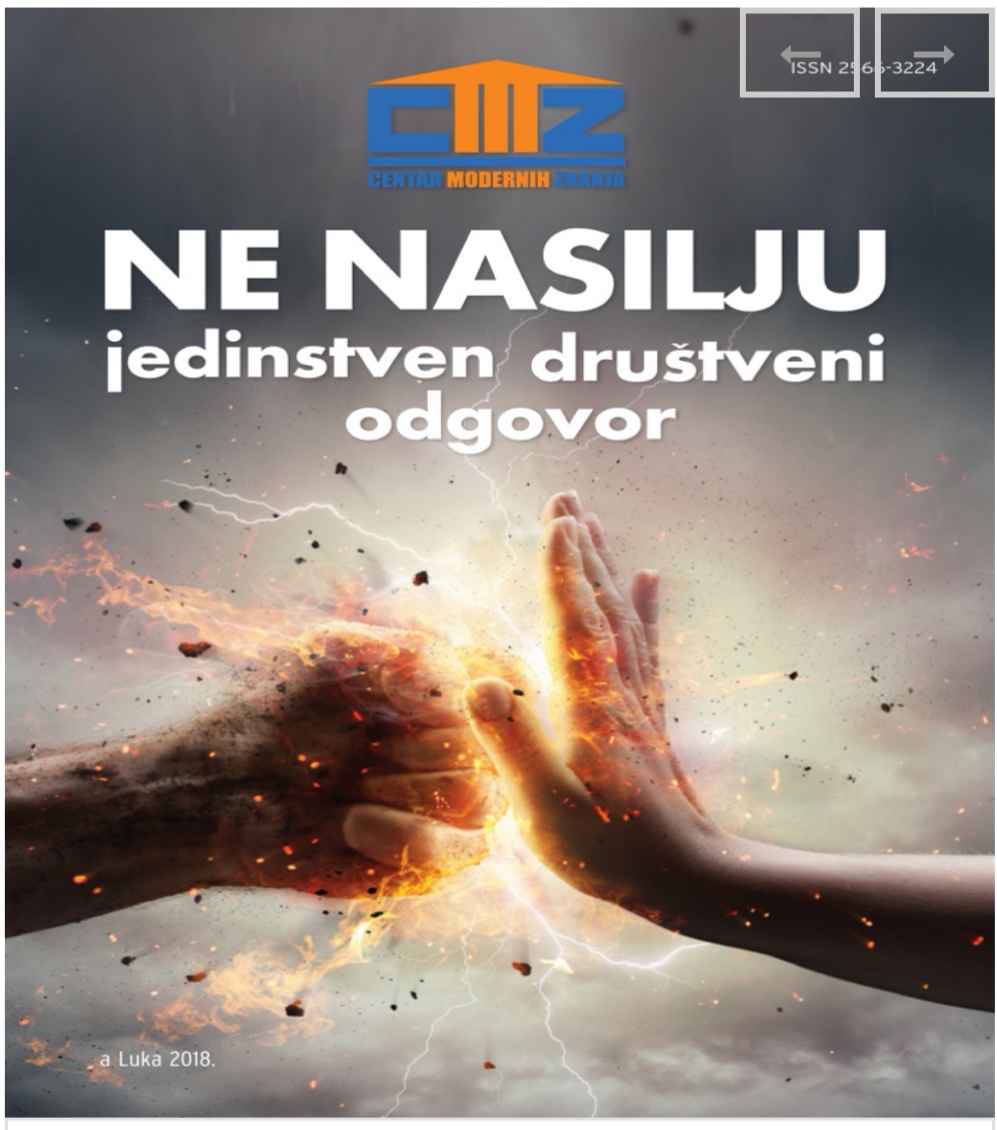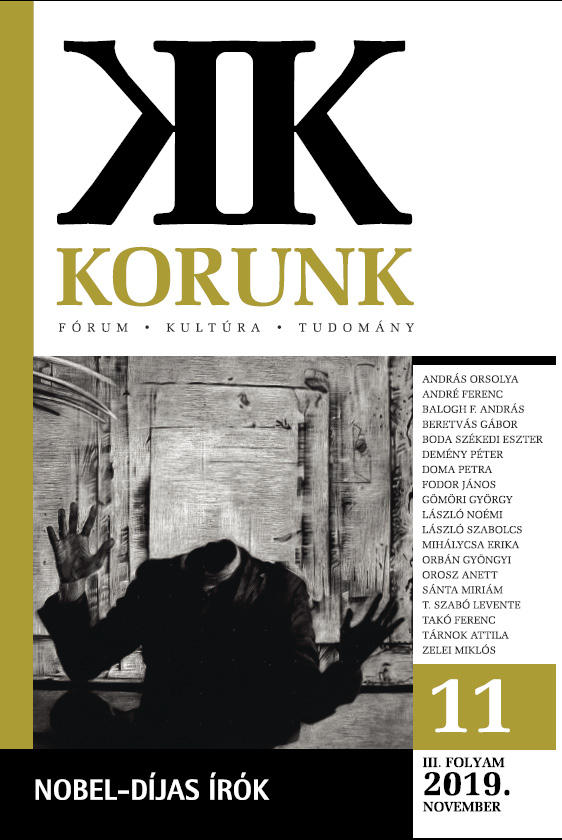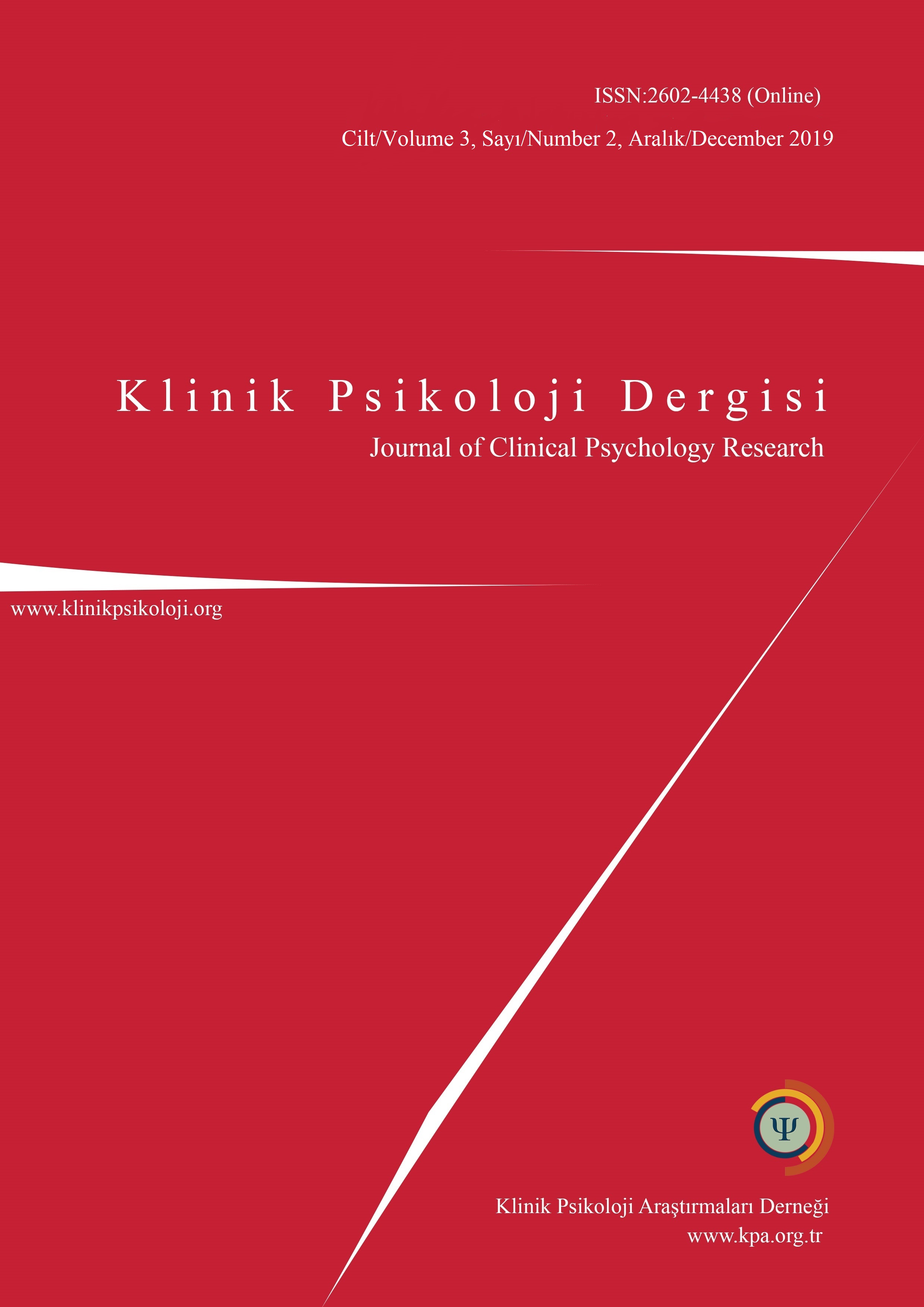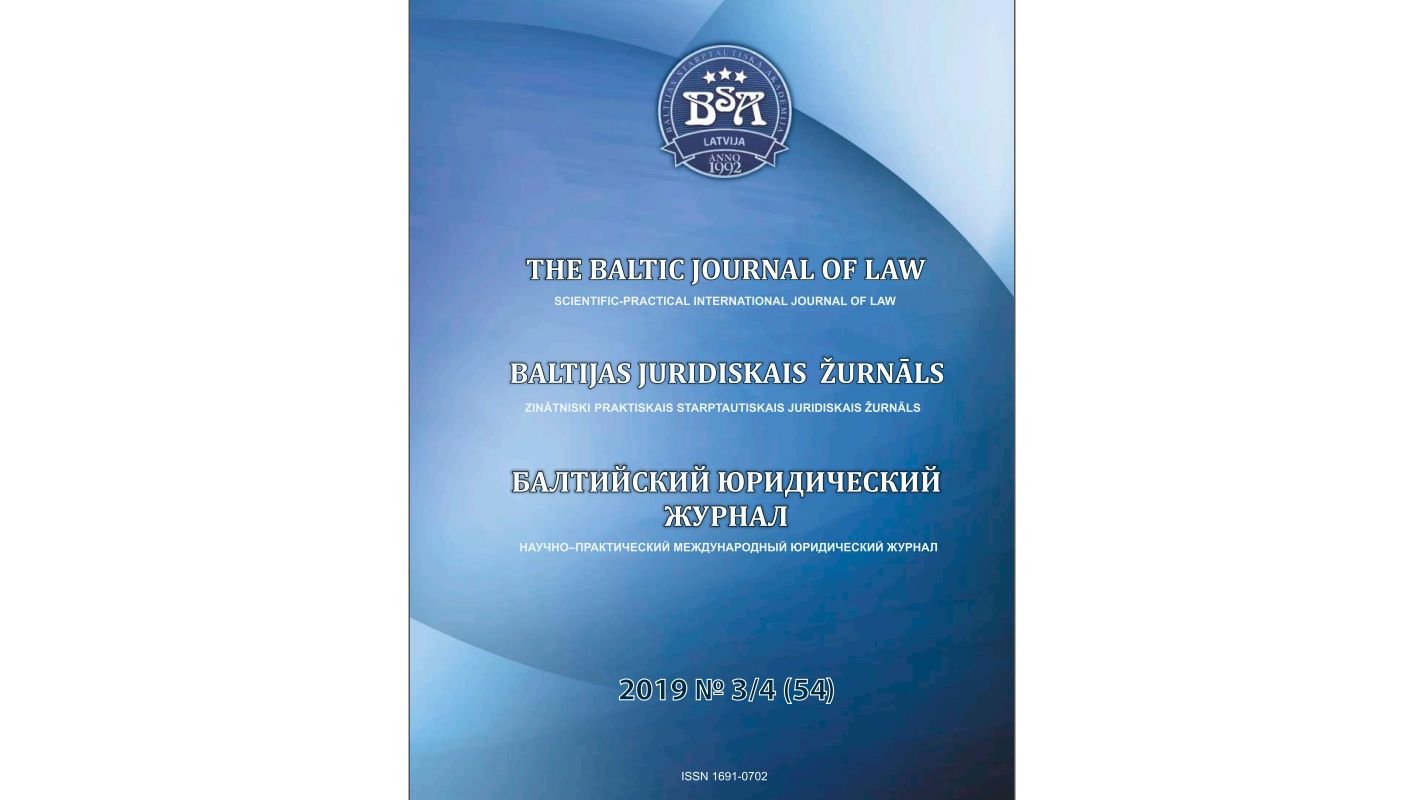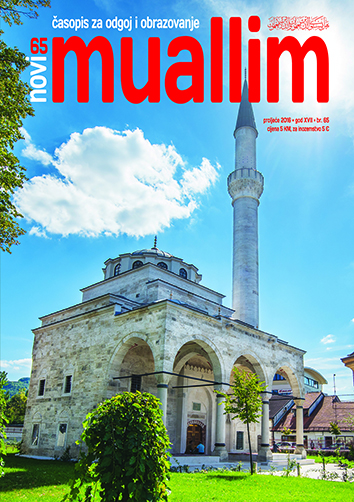
NASILJE U PORODICI
Domestic violence is a very complex phenomenon for it pertains to inside-family relations and is most often kept in secrecy. Once it leaves the family framework it offsets a chein of consequences affecting all the family members. In this article the author presents, using the relevant references, fundamental concepts and terminology related to the phenomenon of domestic violence, dynamics of violent relations and protection of the victims of domestic violence in B&H. The article also presents the principles of functioning of the safe house for the victims of violence and an actual case from the practice of the safe house. Experience shows that solving the problem of violence in one family requires a systematic, multidisciplinary approach. Besides having well developed system of protection from domestic violence in B&H, it is very important work on prevention of violence. The author concludes that in context of protection of the victims of violence, struggle against domestic violence and with the aim of its prevention religious communities
More...
